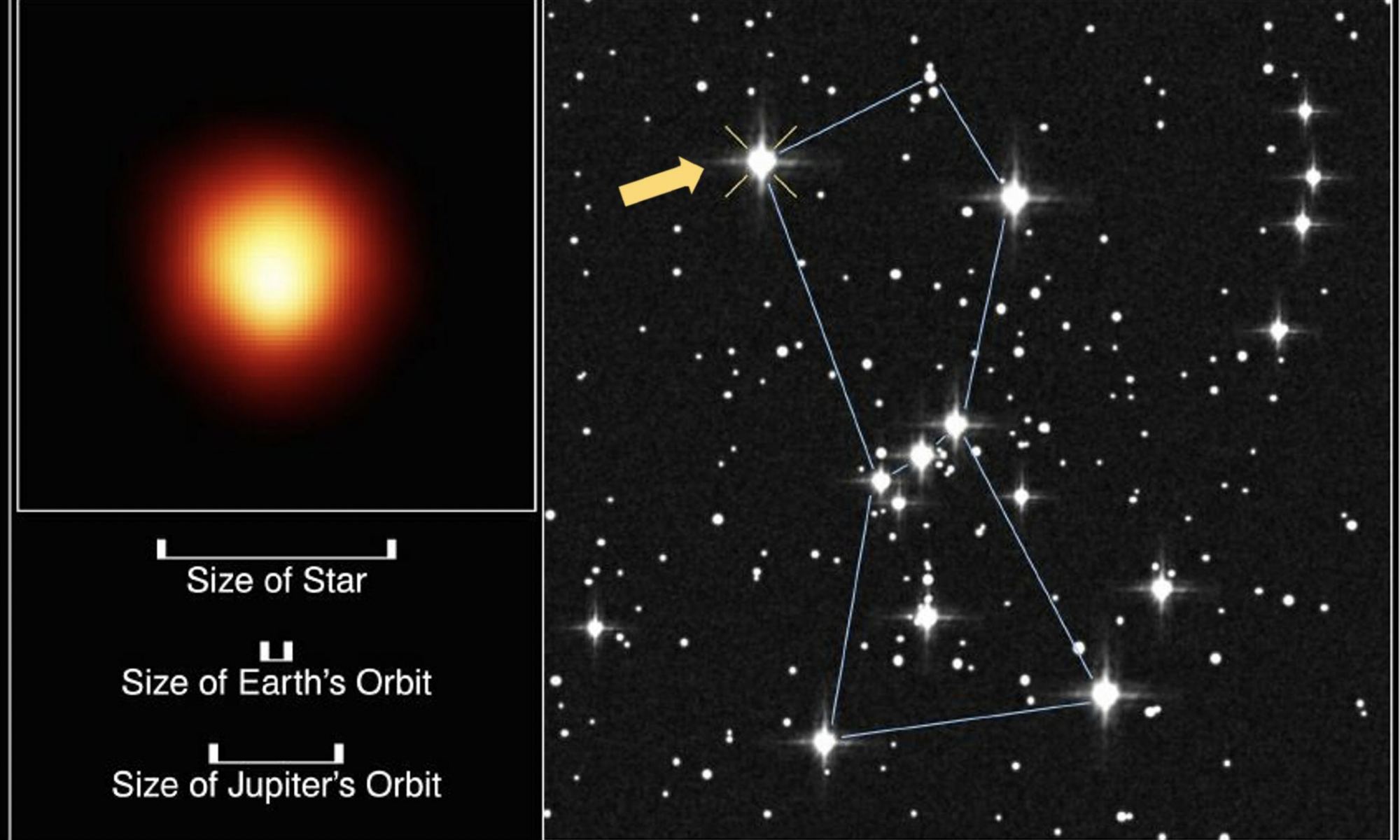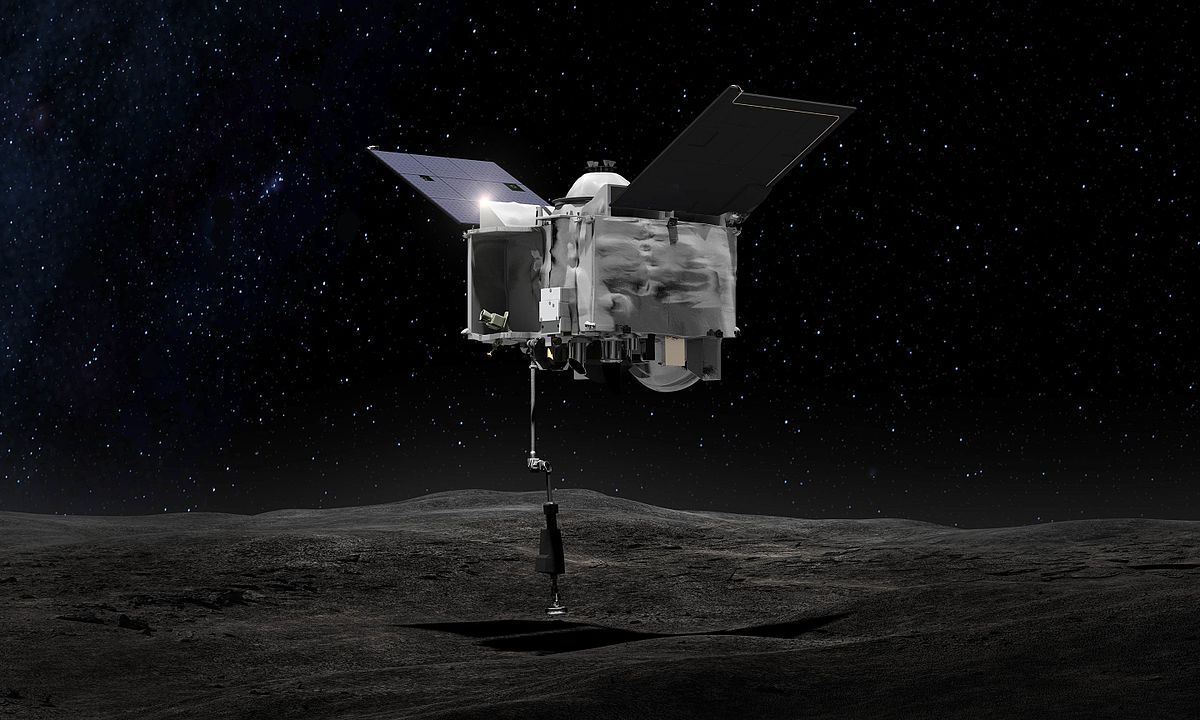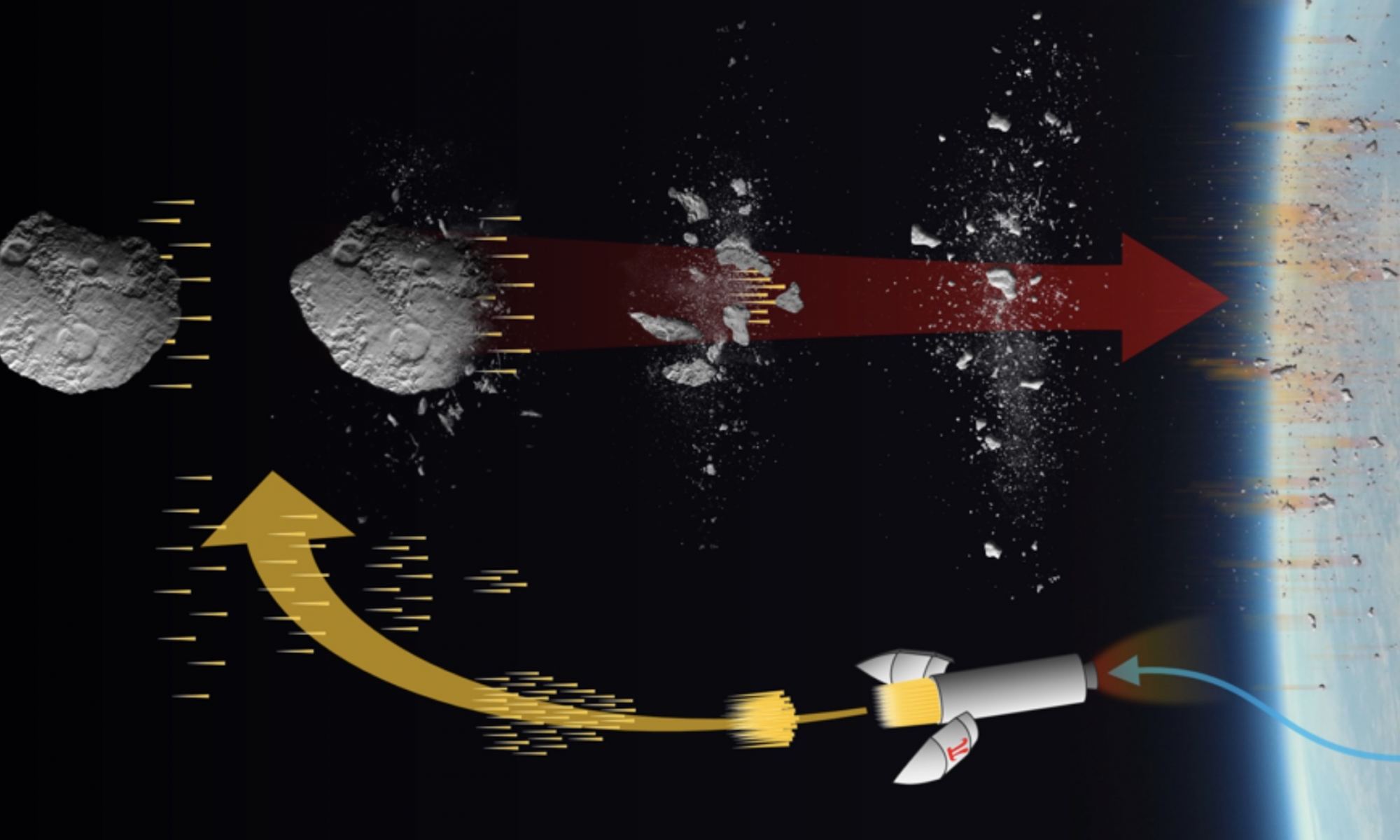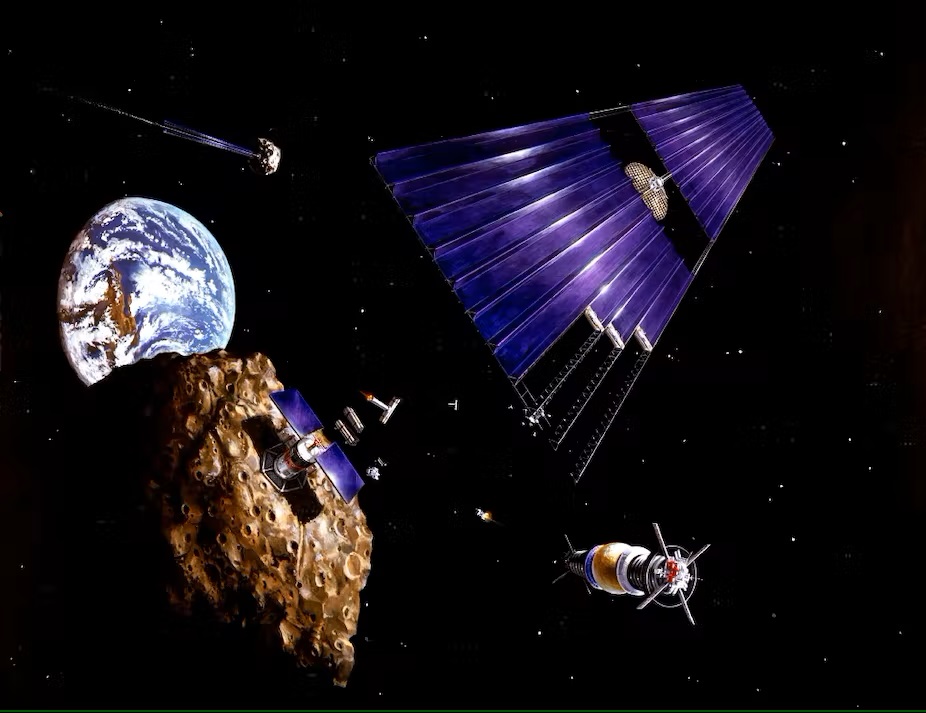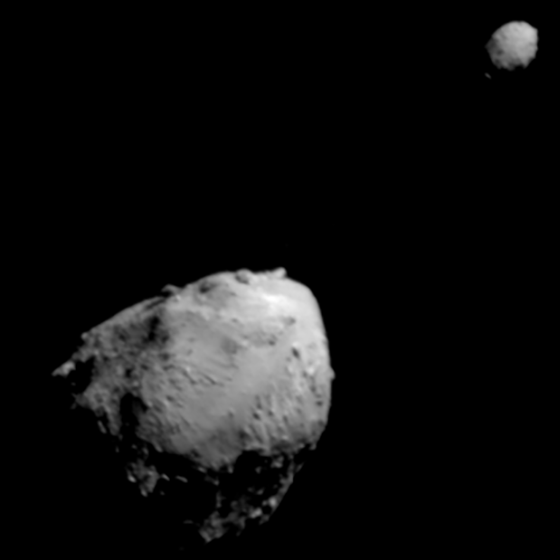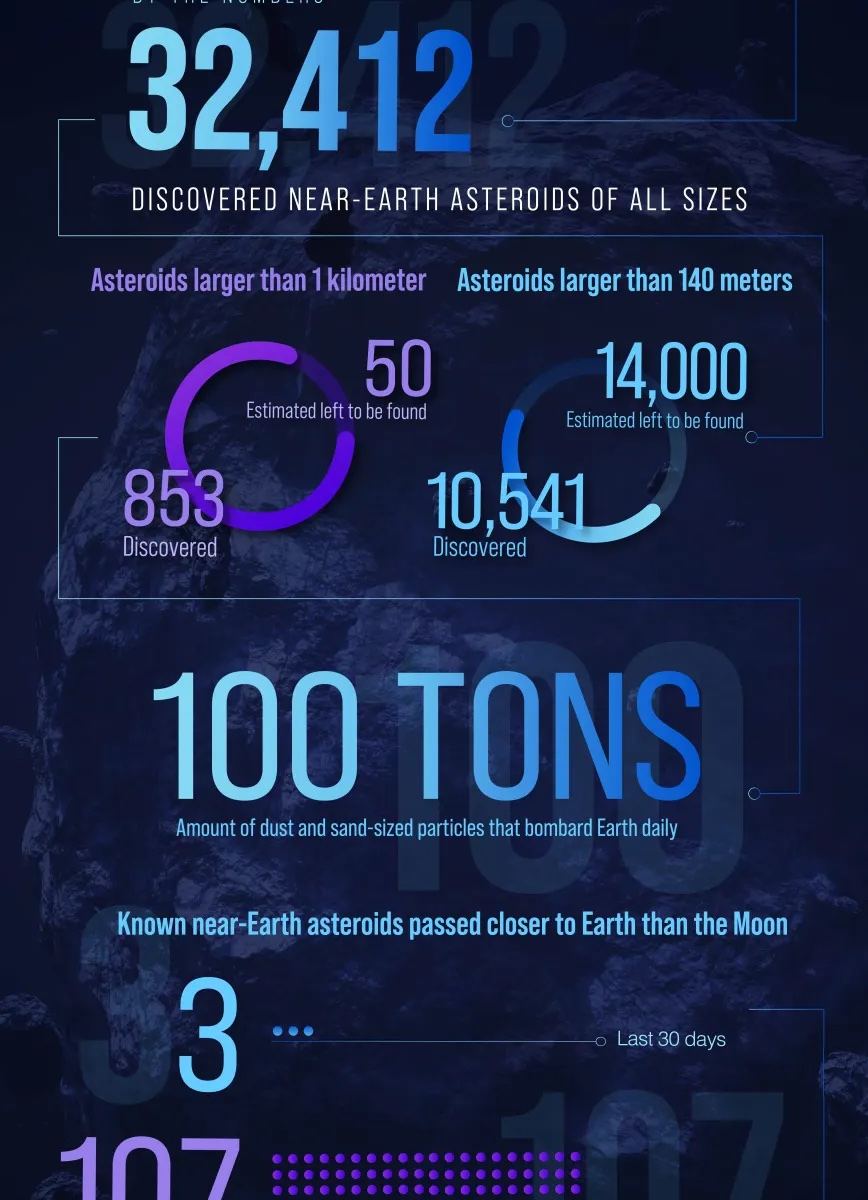I cannot for the life of me remember when it was or what it was but a fair few years ago I remember positioning a telescope to observe an asteroid as it silently and perhaps slightly eerily drifted between us and the Moon. I say eerily as this asteroid had the ability to cause widespread damage had it hit but of course we knew it posed no threat. I remember at the time thinking it was mind blowing that even today, we still use mathematics with roots (pardon the pun) centuries old to calculate the position of objects in our Solar System. We get to see evidence of this again on 12th December when something rare happens!
Continue reading “An Asteroid Will Occult Betelgeuse on December 12th”Some of the Moon's Craters are From Interstellar Impacts. Can We Tell Which?
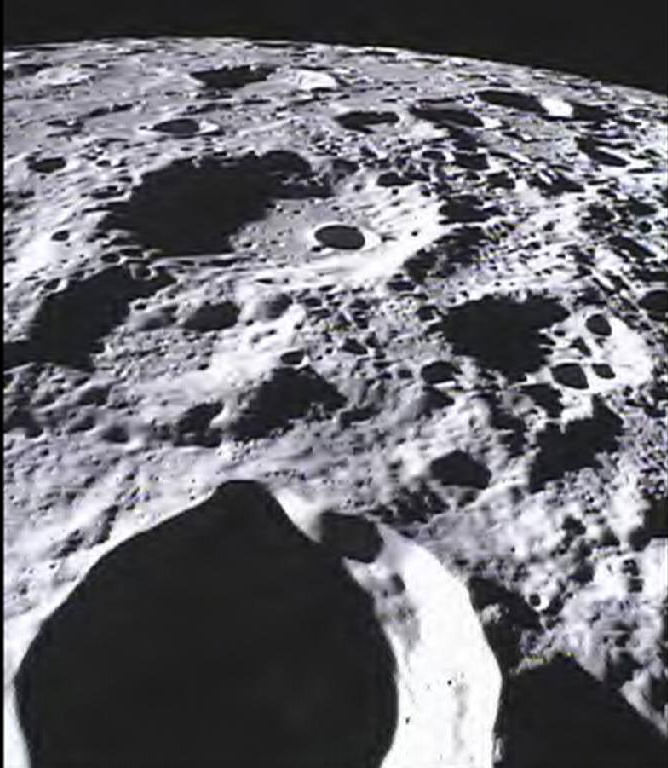
By discovering two interstellar objects (ISOs), we know that asteroids and comets from other star systems pass through the Solar System from time to time. By inference, some of these must have crashed into the Moon, creating impact craters. If we could study the impact sites, we might be able to learn about the star systems that they came from.
A new paper suggests there could be a way to determine which lunar craters came from interstellar object impacts. The authors say that young, small craters with high-melt volume near the Moon’s equator are likely the best candidates for ISO-generated craters on the lunar surface.
Continue reading “Some of the Moon's Craters are From Interstellar Impacts. Can We Tell Which?”What? Wow! That New Asteroid Image from Lucy Just Got Even More Interesting
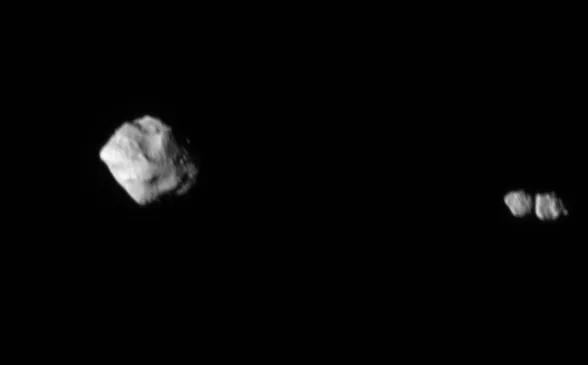
Lucy’s images of asteroid Dinkinesh are the gift that keeps on giving. First, it was the discovery of a smaller companion. Now, it turns out that the companion itself is a contact binary. That’s two smaller objects touching each other as they orbit with Dinkinesh. So, how did they get that way?
Continue reading “What? Wow! That New Asteroid Image from Lucy Just Got Even More Interesting”How to Make Asteroid Landings Safer
Landing safely on an asteroid is no mean feat. Despite several recent successes, there have also been notable failures – most famously, the Philae lander to 67P/Churyumov-Gerasimenko. Admittedly, that was an attempt to land on a comet rather than an asteroid, but those two bodies share many of the same landing hazards. One of the most prevalent of those is “inhomogenous” gravity. To tackle this problem, researchers from the Harbin Institute of Technology in China recently released a paper detailing a framework for performing “soft landings” on asteroids, which might help make exploring these rocky worlds much more accessible.
Continue reading “How to Make Asteroid Landings Safer”ESA’s Hera Mission is Bringing Two Cubesats Along. They’ll Be Landing on Dimorphos

In about one year from now, the European Space Agency will launch its Hera mission. Its destination is the asteroid Didymos, and it’ll be the second human spacecraft to visit the 390-meter chunk of rock. NASA’s DART mission crashed a kinetic impactor into Didymos’ tiny moonlet Dimorphos as a test of planetary defence.
Hera will perform a follow-up investigation of the binary asteroid to measure the size and morphology of the impact crater on Dimorphos. To help it along, it’s taking two tiny CubeSats that will land on Dimorphos.
Continue reading “ESA’s Hera Mission is Bringing Two Cubesats Along. They’ll Be Landing on Dimorphos”Devastating Clouds of Dust Helped End the Reign of the Dinosaurs
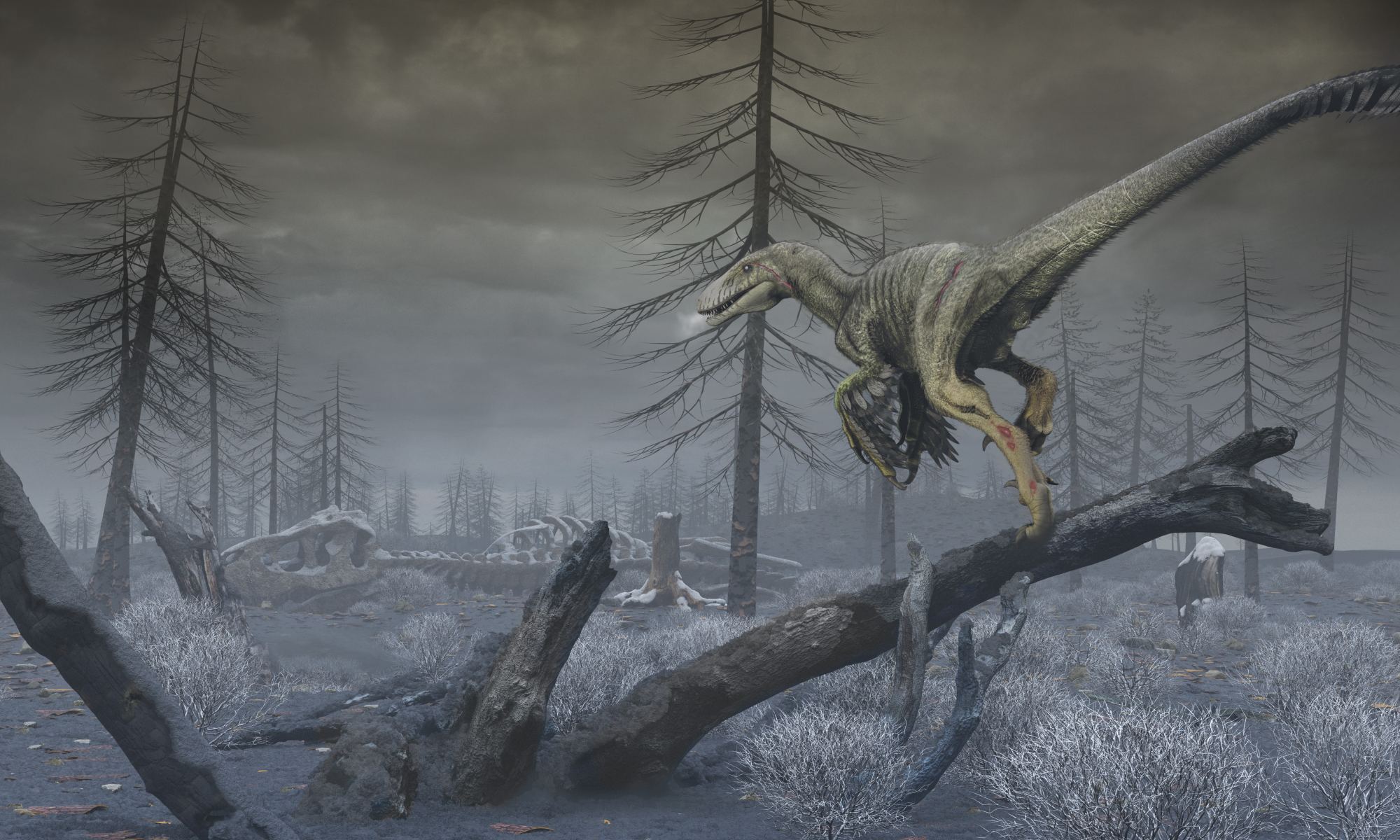
When a giant meteor crashed into Earth 66 million years ago, the impact pulverized cubic kilometers of rock and blasted the dust and debris into the Earth’s atmosphere. It was previously believed that sulfur from the impact and soot from the global fires that followed drove a global “impact winter” that killed off 75% of species on Earth, including the dinosaurs.
A new geology paper says that the die-off was additionally fueled by ultrafine dust created by the impact which filled the atmosphere and blocked sunlight for as long as 15 years. Plants were unable to photosynthesize and global temperatures were lowered by 15 degrees C (59 F).
Continue reading “Devastating Clouds of Dust Helped End the Reign of the Dinosaurs”An Asteroid Came Uncomfortably Close to Earth in July. Could we Have Stopped it?
In July of this year, an asteroid roughly 30 to 60 meters across passed Earth to within one-quarter of the distance to the Moon. It posed no threat to our world, but if it had struck Earth it would have created a blast three times greater than the 2013 Chelyabinsk impact. And we only noticed it two days after it passed. It’s a good example of how sizable asteroids still miss detection. Not ones large enough to threaten our extinction, but large enough to threaten millions of lives. If a similar asteroid was detected just days before impact, could we stop it? That’s the question raised by a recent study in the arXiv.
Continue reading “An Asteroid Came Uncomfortably Close to Earth in July. Could we Have Stopped it?”Environmental Concerns Could Drive Asteroid Mining
Asteroid mining is one of those topics that sounds like it’s straight out of science fiction. But, in recent years, with the growth of lower-cost launch options, mining space rocks could become downright economical. As an added plus, getting important resources from asteroids could help drive the switchover to clean environmental practices and technologies right here on Earth.
Continue reading “Environmental Concerns Could Drive Asteroid Mining”After DART Smashed Into Dimorphos, What Happened to the Larger Asteroid Didymos?
NASA’s DART mission (Double Asteroid Redirection Test) slammed into asteroid Dimorphos in September 2022, changing its orbital period. Ground and space-based telescopes turned to watch the event unfold, not only to study what happened to the asteroid, but also to help inform planetary defense efforts that might one day be needed to mitigate potential collisions with our planet.
Astronomers have continued to observe and study Dimorphos, well past the impact event. However, Dimorphos is the smaller asteroid in this binary system, and is just a small moon orbiting the larger asteroid Didymos.
The James Webb Space Telescope (JWST) is the only telescope capable of visually distinguishing between the two closely orbiting asteroids. Now, astronomers have made follow-on observations on the system with JWST to see what happened to Didymos after the dust cleared.
Continue reading “After DART Smashed Into Dimorphos, What Happened to the Larger Asteroid Didymos?”There are 14,000 Near Earth Asteroids Left to Find
Everyone likes a cool infographic, right? Does that statement hold even if the infographic points out a gap in our knowledge that could kill millions of people? Because that’s what a cool-looking infographic NASA released on October 16th does.
Continue reading “There are 14,000 Near Earth Asteroids Left to Find”
